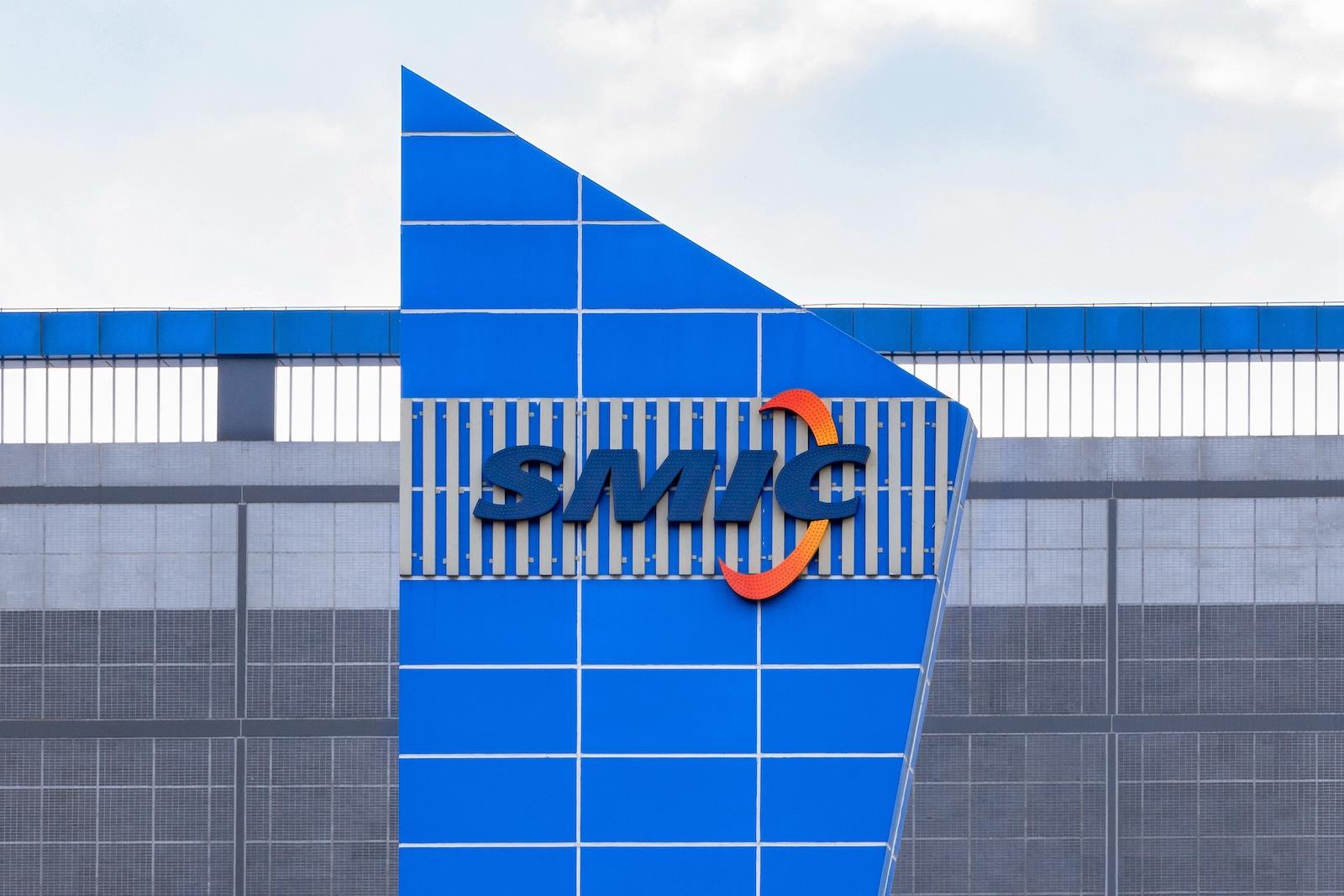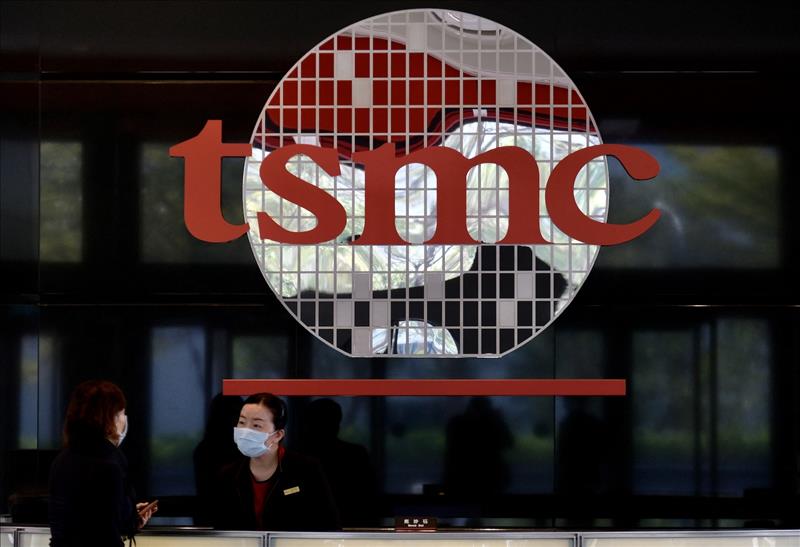
SMIC and TSMC respond to the semiconductor shortage
(MENAFN- Asia Times) Semiconductor Manufacturing International Corp (SMIC), China's largest integrated circuits foundry, has announced plans to build a new $8.9 billion factory in Shanghai to produce semiconductors at the 28-nanometer node.
That level of technology is suitable for automotive ICs and other semiconductor products that are currently in short supply. It is several generations behind the leading edge, which is now at 5-nanometer and moving to 3-nanometer at Taiwan Semiconductor Manufacturing Company (TSMC).
The 28-nanometer node is not targeted by American economic sanctions, which are aimed at preventing China from acquiring production technologies for 10-nanometer and smaller design rules.
SMIC's announcement on September 3 followed TSMC's decision to spend $2.8 billion to expand 28-nanometer production at its factory in Nanjing. This project was approved by the Taiwanese government in July.
Both SMIC and TSMC Nanjing have recently been running at full capacity. Their new investments should help ease the semiconductor shortage while reducing Chinese demand for imported semiconductors.
SMIC plans to form a joint venture to build and operate the new facility. SMIC will reportedly own at least 51% of the venture; the government of Shanghai will own 25%; and other investors will be solicited for the remainder.
SMIC could finance its share out of cash on hand if it had to, but it appears to have plenty of room to borrow. At the end of June, the company had US$7.2 billion in cash and equivalents, total debt of $6.0 billion, total assets of $32.2 billion and shareholders equity $22.8 billion.
At full capacity, the new Shanghai factory will be capable of processing 100,000 12-inch (300mm) wafers per month, or nearly 40% of SMIC's current capacity (not adjusted for the ownership ratio). Barring unforeseen problems, the production equipment is likely to be installed in 2024.

Logo of Semiconductor Manufacturing International Corporation, a partially state-owned publicly-listed Chinese semiconductor foundry company and the largest of its kind in mainland China, is seen on the facade of a building of its factory in Beijing. Photo: AFP /Huang Yong / Imaginechina
This follows a $2.35 billion joint venture with the government of Shenzhen, announced last March, which aims to process 40,000 wafers per month. It, too, will be more than 50%-owned by SMIC and focus on 28-nm chips for automotive and other applications. Start-up is expected next year.
Last year, in conjunction with its listing on the STAR market in Shanghai, SMIC announced plans for a joint venture with the Beijing Economic-Technological Development Area Management Committee. This venture, which is targeting 100,000 wafers per month, is expected to start production in 2024.
If all this is accomplished, SMIC's output should nearly double by 2025.
Given common concerns over the global semiconductor shortage and President Biden's reportedly conciliatory call with President Xi, the risk of US sanctions derailing these projects seems minimal.
As for SMIC's financial performance, sales were up 25.4% in 2020 to US$3.9 billion. Gross profit increased by 43.3% to $921 million, for a gross margin of 23.6%.
In the six months to June 2021, sales growth accelerated to 32.8% and gross profit increased by 35.9%. In the second quarter, the gross margin hit 30%.
SMIC still cannot make advanced cell phone processors. However, as we reported in an earlier article,“US chip-making revival off to a slow start ,” top Chinese cell phone makers other than Huawei can buy them from Qualcomm.
By focusing on what it does best rather than spending huge amounts of money chasing TSMC, SMIC is rapidly growing both larger and more profitable while supplying the chips that China most urgently needs.
US economic sanctions are an inconvenience, but apparently not much more.
TSMC, which received permission to build a 2-nanometer facility in July, is also planning to build a new factory to make 6- and 7-nanometer chips for Intel, Nvidia, AMD and MediaTek, according to reports out of Taiwan.
Both of these facilities will be located in Taiwan, which aims to keep most of its advanced semiconductor production capability at home while adding capacity in the US, China, Japan and potentially Europe.
On September 14, SEMI (the global semiconductor equipment and materials industry association) announced its latest World Fab Forecast. SEMI now predicts more than 30% growth in semiconductor production equipment demand this year and roughly 5% growth next year.
In 2022, SEMI expects Asia (including South Korea, Taiwan, China, Japan, Singapore, etc) to account for about 85% of total equipment sales.
On September 15, European Commission President Ursula von der Leyen told the press that the EC is now drafting a“European Chips Act” to promote a“state-of-the-art” semiconductor eco-system.
Last March, the EU targeted producing 20% of the world's chips by 2030. The way things are going, that might be a good practical target for Europe and the US combined.
American politicians have also been waxing eloquent about the need for government action to rebuild their nation's semiconductor supply chain. But, as previously reported, they have yet to pass the enabling legislation.
Scott Foster is an analyst with Lightstream Research, Tokyo.

Legal Disclaimer:
MENAFN provides the
information “as is” without warranty of any kind. We do not accept
any responsibility or liability for the accuracy, content, images,
videos, licenses, completeness, legality, or reliability of the information
contained in this article. If you have any complaints or copyright
issues related to this article, kindly contact the provider above.


















Comments
No comment